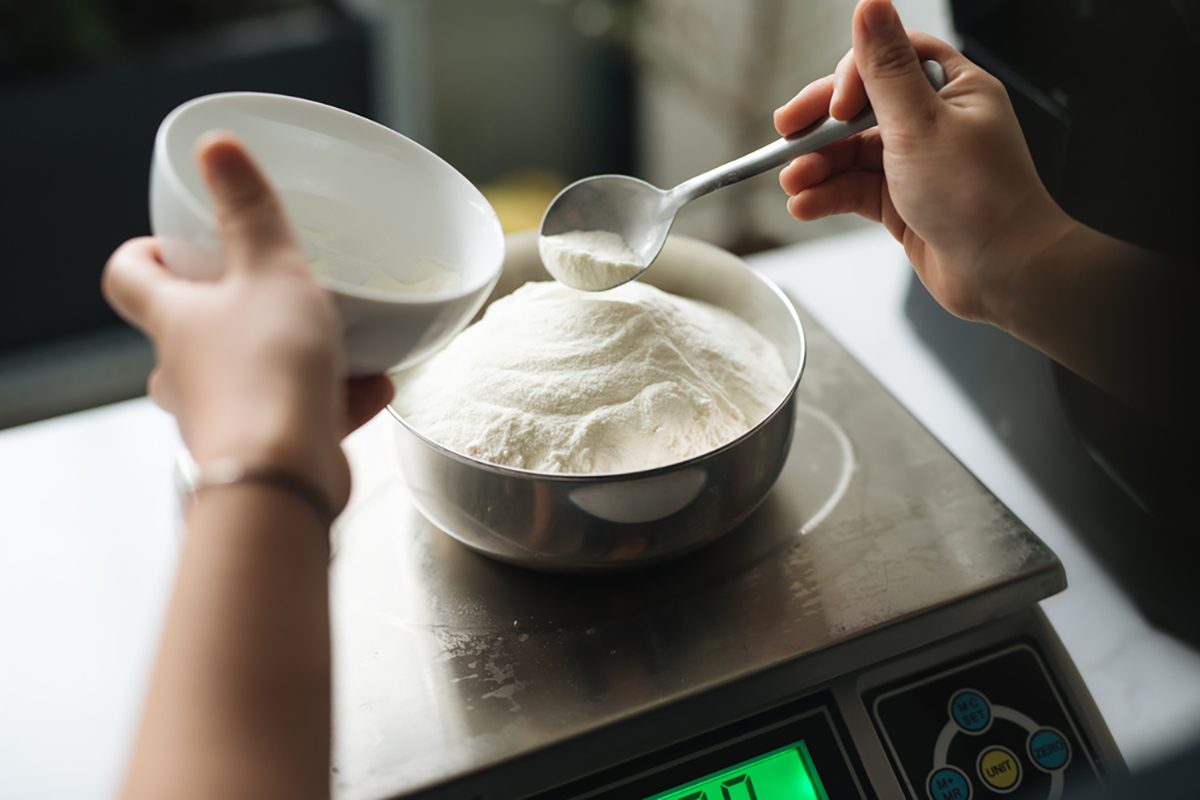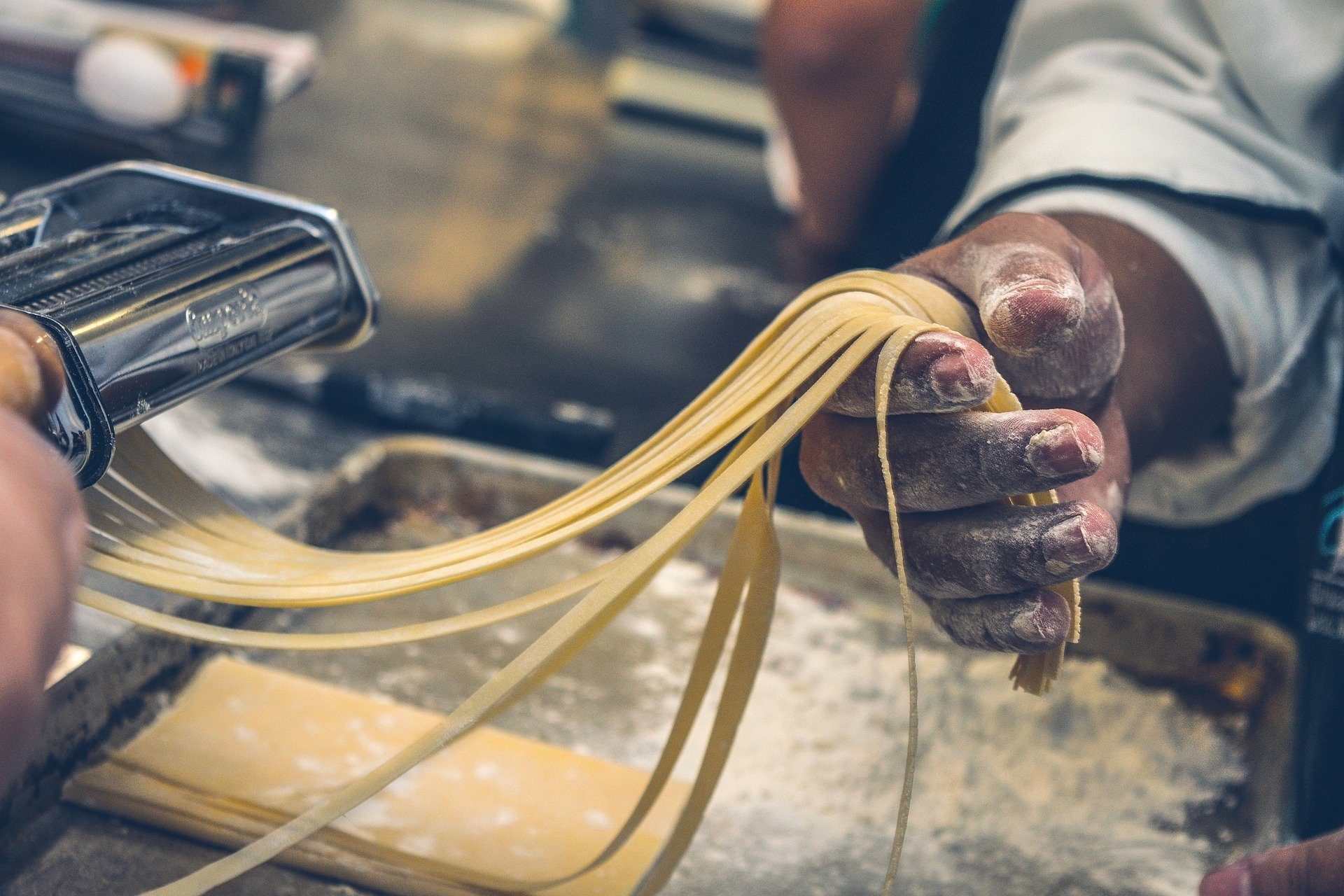8 Ways to Cut Operation Costs at Your Restaurant
Running a restaurant successfully in these modern times can be a challenging task. Businesses in the hospitality industry often operate with very slim profit margins. For this reason, restaurant managers need to find ways to minimize their operation costs.
Restaurants can save thousands of pounds each year by implementing small changes in different operational areas. Here are some methods for cutting your restaurant costs without compromising on quality.
1. Purchase Supplies and Ingredients in Bulk

Supplies and ingredients make up a significant portion of a restaurant’s operational costs. Managers may spend plenty of time and effort finding a supplier that offers them the best value on supplies and ingredients. However, they rarely purchase items in the quantities that are most cost effective.
By purchasing your restaurant’s ingredients and supplies in bulk, you can reduce the average cost of each item. However, this approach should be carried out only after assessing the shelf life of each ingredient.
It’s better to buy items such as canned tomatoes in bulk, as they can maintain their quality for up to 18 months. Items such as yoghurt or fresh vegetables have much shorter shelf lives and cannot be purchased in too far in advance.
2. Adjust Staffing to Fit Business
The popularity of your restaurant may vary throughout the week. Many owners find that business is slowest on Mondays and Tuesdays, and gets busier as the weekend approaches. Managers should adjust staffing for each day based on this weekly trend.
If you are expecting a few customers to visit during the start of the week, you should ask fewer staff to come in on those days. Try to operate your restaurant with the bare minimum number of staff on those slower days, and reserve the full crew only for days when it gets busy.
However, to do this effectively, managers need to understand the flow of customers throughout the week. After all, if business suddenly picks up on an otherwise slow day, you may be short on staff and unable to serve each customer that shows up.
3. Perform a Daily Inventory on Important Items

Managers should perform a daily inventory check for important items at the restaurant. This includes checking the quantity of ingredients/items at the start of the day and then rechecking the quantity before the restaurant closes.
This difference should then be cross checked with the menu item sales figures for the day. If you notice that sales numbers do not account for the large quantity of ingredients/supplies being used, it may indicate that staff are wasting ingredients or are using the incorrect quantity in their preparations. Managers should immediately identify the source of the discrepancy and address it.
4. Weight Ingredients before Purchasing Them

Managers or staff should ensure the restaurant receives the correct quantity of ingredients that have been paid for. This is as simple as weighing each ingredient and verifying that they match the amount mentioned on the invoice.
By using this strategy, you can determine if your supplier is providing the correct quantity of ingredients. If you notice that the ingredient weight is less than promised by the supplier, you should ask them to provide the missing quantity or ask for a partial refund.
This approach also helps you uncover which suppliers can be trusted, and which ones should be avoided.
5. Limit Access to Certain Supplies
Kitchen staff usually goes through a large quantity of supplies such as disposable towels and disposable gloves during each shift. The costs of these supplies can add up over time, so managers should limit the quantity available for staff to use.
Keeping these supplies locked away where they can’t be accessed without permissions can help reduce waste. Staff will be more careful when using these items if they have to go through managers each time they need a new roll of towels or a box of gloves.
6. Portion Out Ingredients Beforehand

Kitchen staff may not be able to measure ingredient quantities for each menu item they prepare. This can lead to them accidentally using more than they should, especially when they are preparing items during busy periods.
Restaurants can avoid this problem by portioning ingredients beforehand. This ensures that the correct weight or quantity of ingredients is used for each menu item prepared in the kitchen.
7. Turn off Unused Equipment

The cooks at your restaurant may not need to use each grill or broiler in the kitchen every day. Leaving this equipment switched on when they are not being used can drive up your electricity and gas bill significantly. This practice may also shorten the lifespan of your kitchen equipment.
Managers should ask kitchen staff to turn off equipment when they are not needed. If your restaurant has multiple grills, unused ones should be turned off on slow days. Gas grills take only a few minutes to heat up, which means staff can get them up and running quickly if a large group of customers turn up unexpectedly.
8. Utilise Staff for Various Tasks
Managers should deploy staff to perform multiple roles wherever possible. For example, each line cook should be given a special duty to perform in addition to their usual food prep work. This could be related to inventory restocking or maintaining the grills in the kitchen.
A Guide To Training New Restaurant Staff
This strategy saves the restaurant from having to hire additional staff to perform minor duties. However, managers should ensure that their existing staff can take on these additional responsibilities without their productivity in other areas being affected. If your staff becomes overburdened by these additional duties, it may lead to costly mistakes occurring.
The aforementioned cost cutting strategies are straightforward and easy to implement. The hospitality industry can be incredibly competitive, so restaurant owners and managers will need to utilize all these methods if they wish to avoid restaurant financing issues in the future.
